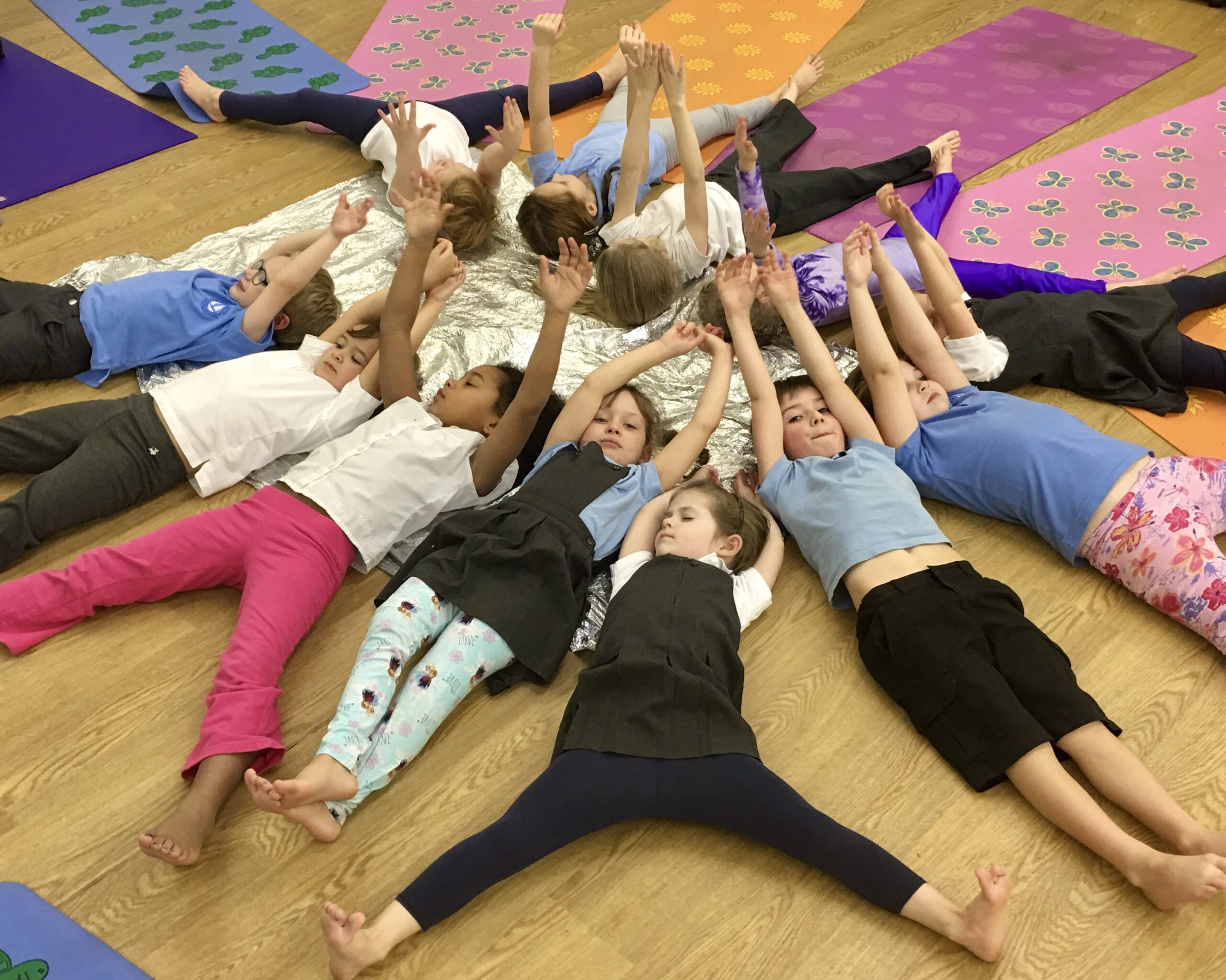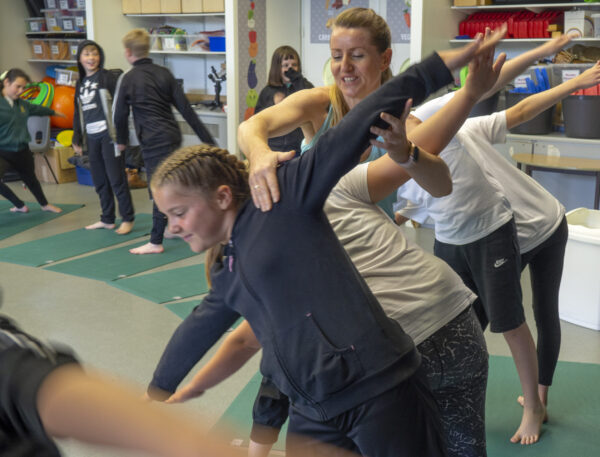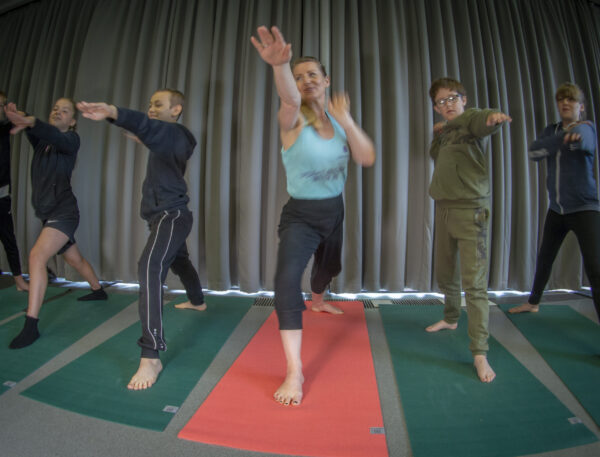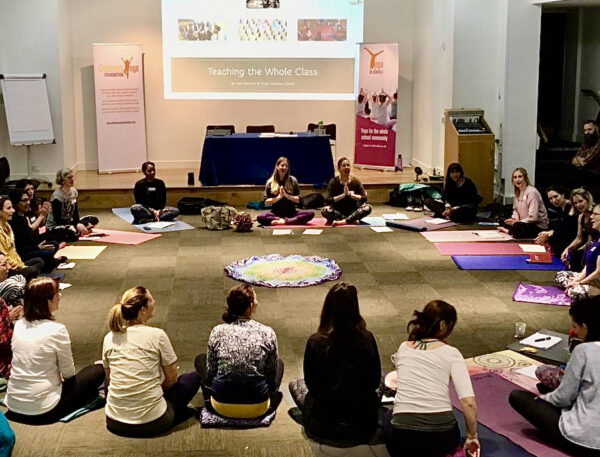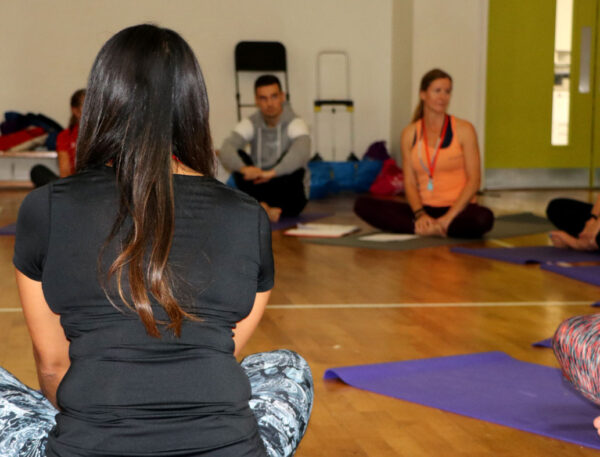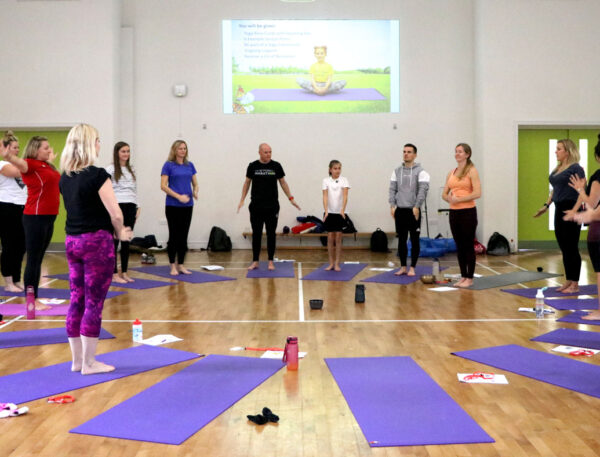- Are you a Primary School Teacher who has an interest in teaching Yoga and Wellbeing within your school setting?
- Are you on the fence as to whether yoga will actually help your pupils and would just like to explore more?
- Do you want to begin to offer your pupils a ‘wellbeing toolkit’ to help them manage their emotions, build resilience and engaged with their learning?
- Do you feel the pressure of work overload and would you like to start to use these tools yourself to combat overwhelm and manage your energy?
✨Then this course is for you to begin to explore how yoga and mindfulness can change your pupils lives and YOUR life.✨
There is no prerequisite for enrolling onto this course.
🙌 Let’s get started 🙌
On completion of this course you will:
- Have a basic understanding of Yoga philosophy and science
- Know and be able to teach some basic Yoga Postures, breathing and mindfulness techniques
- Know how to teach some yoga postures safely
- Know how to teach yoga effectively
- Know the structure of yoga class
- Be able to design, plan and teach your own Yoga classes and stories
You will be given:
- 40 postures, breathing techniques, partner poses, mindful activities and games
- Live recorded yoga classes to study good practice
- 3 X Early Years Yoga Lesson Plans
- 6 X KS1 Lesson Plans
- 6 X KS2
- Suggested Music & Playlists to complement Lesson Plans
- Ongoing support throughout the course
This is not a qualification, although if you would like to complete the Children’s Yoga Teacher Training course after, these 2 days will count towards your qualification.
Course Features
- Lectures 16
- Quizzes 1
- Duration 2 days
- Skill level All levels
- Language English
- Students 276
- Certificate Yes
- Assessments Yes

